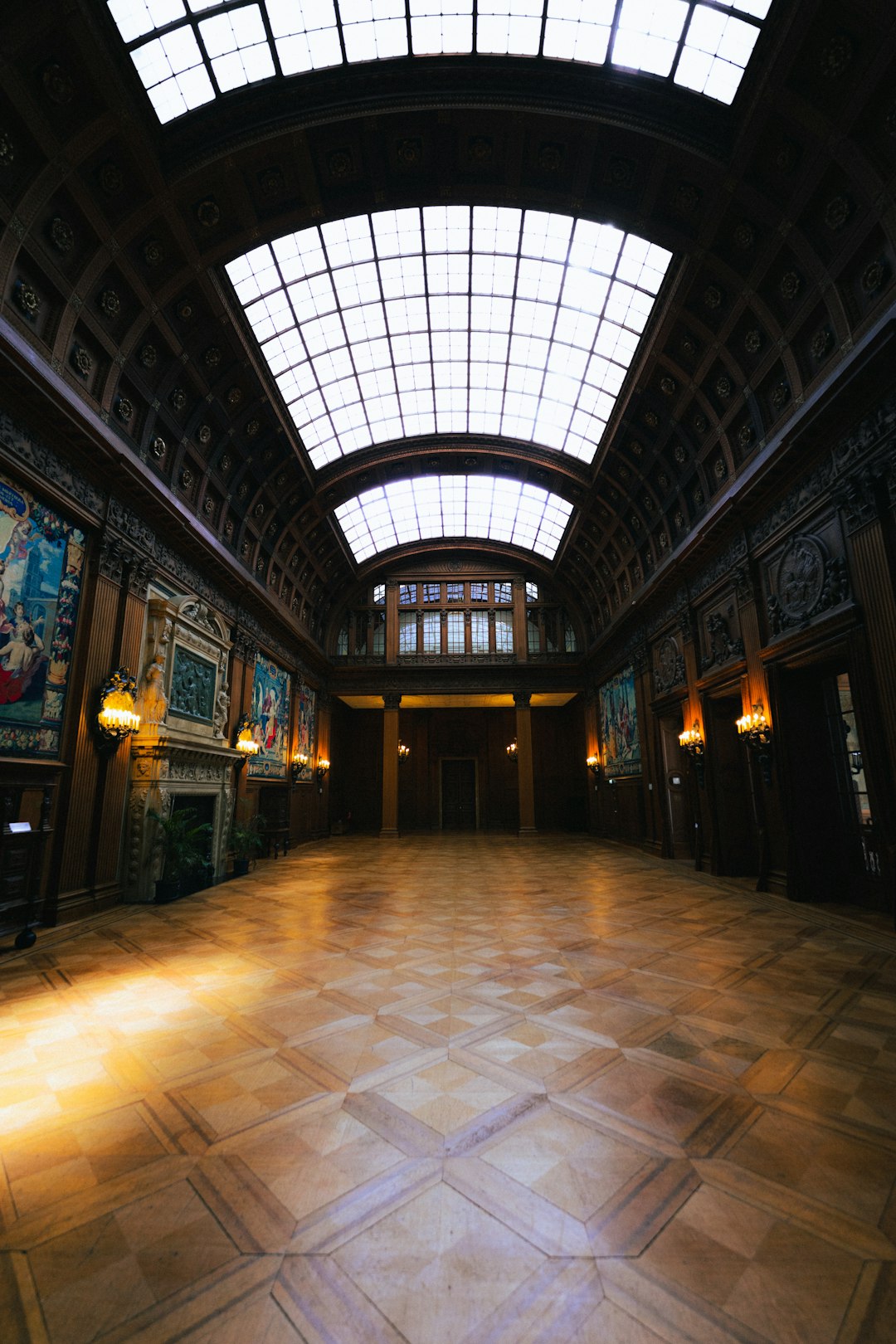From Railroad Glory to Boutique Excellence: The Phoenix Station Renaissance

The Golden Age Echo
In the heart of downtown Phoenix, where the morning sun casts long shadows across weathered brick, stands a testament to American ingenuity and preservation passion. The Phoenix Station Hotel, once the bustling Central Railroad Terminal of the 1920s, has emerged from decades of neglect to become one of the Southwest's most celebrated heritage hotels.
A Building's Silent Years
For thirty-seven years, the magnificent Art Deco structure sat empty. Its soaring 40-foot ceilings echoed only with the whispers of urban decay, while its hand-painted murals depicting the Southwest's railroad heritage slowly faded behind layers of dust and time. Local preservationists fought tirelessly to prevent its demolition, knowing that beneath the neglect lay architectural bones worth saving.
"Walking into that space for the first time was like discovering a sleeping giant," recalls Elena Martinez, the visionary developer who would eventually breathe new life into the terminal. "The bones were absolutely magnificent – those massive windows, the terrazzo floors, the intricate metalwork. It was crying out to be something extraordinary again."
The Vision Takes Shape
Martinez, a Phoenix native with a background in historic preservation, saw beyond the peeling paint and broken windows. Her vision: transform the 75,000-square-foot terminal into an 85-room boutique hotel that would honor its railroad heritage while serving modern travelers seeking authentic experiences.
The $47 million renovation project began in 2019, with Martinez partnering with acclaimed architect James Thornfield, known for his sensitive approach to adaptive reuse projects. Their philosophy was simple yet profound: preserve the building's soul while creating contemporary comfort.
Challenges of the Past
The renovation presented unique challenges. The building's thick masonry walls, while structurally sound, required extensive retrofitting for modern electrical and HVAC systems. The original terrazzo floors, damaged by decades of water infiltration, needed painstaking restoration using period-appropriate techniques.
"Every discovery was both a challenge and a gift," explains Thornfield. "We uncovered original tile work behind false walls, found hand-forged iron details in storage rooms, and discovered that the ceiling murals were in far better condition than we initially thought."
The most complex challenge involved the main waiting hall, now the hotel's grand lobby. The space needed to accommodate modern hotel functions while preserving its cathedral-like atmosphere. The solution: a mezzanine level that provides intimate seating areas while maintaining views of the restored 1920s departure board.
Honoring Railroad Heritage
Every design decision reflected the building's transportation legacy. Guest rooms feature custom headboards crafted from reclaimed railroad ties, while vintage luggage serves as decorative elements. The hotel's signature restaurant, "The Conductor's Table," occupies the former ticket office, with original brass windows now serving as wine displays.
The pièce de résistance is the restoration of the building's central clock tower, which now houses the hotel's most exclusive suite. Guests can sleep where the station master once coordinated train schedules, surrounded by restored clockwork mechanisms and panoramic city views.
Modern Comfort, Timeless Style
While honoring history, the hotel doesn't sacrifice contemporary amenities. Each room features modern bathrooms with rainfall showers, while maintaining period-appropriate design elements. The building's thick walls provide natural insulation, contributing to energy efficiency that earned the hotel LEED Gold certification.
The hotel's spa, located in the former baggage handling area, offers treatments inspired by Southwest wellness traditions. High-vaulted ceilings and exposed brick create a dramatic backdrop for relaxation, while original freight elevators have been converted into dramatic arrival experiences.
Community Revival
The Phoenix Station Hotel's opening in late 2021 catalyzed downtown Phoenix's continued renaissance. The project created 200 construction jobs and now employs 150 full-time staff members. Local artists' work fills the corridors, while the hotel sources ingredients from Arizona farms and ranches for its restaurant.
"We didn't just want to create a hotel," Martinez reflects. "We wanted to create a destination that tells Phoenix's story while serving as an anchor for the community's future."
The hotel's events program includes monthly "Railroad Heritage Nights," featuring local historians and live jazz in the restored waiting hall. These gatherings have become gathering points for both tourists and locals, fulfilling Martinez's vision of the hotel as a community hub.
Recognition and Future
The transformation has earned national recognition, including the 2022 National Trust for Historic Preservation Award for Excellence in Historic Preservation. Travel + Leisure named it among the "Best New Hotels in America," while architectural publications have celebrated its sensitive approach to adaptive reuse.
Room rates average $275 per night, with occupancy consistently above 85% – remarkable performance for a heritage property. The success has inspired other adaptive reuse projects throughout Phoenix, proving that preservation can be both culturally meaningful and economically viable.
Lessons in Transformation
The Phoenix Station Hotel exemplifies how historic buildings can find new purpose without losing their identity. Key factors in its success include:
Authentic Storytelling: Every design element connects to the building's railroad heritage, creating narrative depth that resonates with guests.
Community Integration: The hotel actively engages with local culture, from sourcing to programming, making it a genuine part of Phoenix's fabric.
Quality Over Quantity: Rather than maximizing room count, the design prioritizes spacious, distinctive accommodations that command premium rates.
Sustainable Practices: Historic preservation itself is sustainability, keeping embodied energy in existing buildings while meeting modern efficiency standards.
The Continuing Journey
As Phoenix continues evolving as a major metropolitan destination, The Phoenix Station Hotel serves as a bridge between past and future. Its success demonstrates that travelers increasingly seek authentic experiences rooted in place and story.
"Every guest who walks through our doors is continuing the building's story," Martinez concludes. "They're not just staying in a hotel – they're participating in Phoenix's ongoing narrative. That's the magic of adaptive reuse: giving historic spaces new chapters while honoring their origins."
The Phoenix Station Hotel stands as proof that with vision, commitment, and respect for history, forgotten buildings can become tomorrow's treasures. In an age of generic hospitality experiences, it offers something increasingly rare: a genuine sense of place, where every corner tells a story and every stay becomes part of a continuing legacy.
Today, as the morning sun streams through restored stained glass windows and coffee brewing mingles with the faint echo of long-ago train whistles, the Phoenix Station Hotel continues its journey – no longer as a gateway for railroad travelers, but as a destination that celebrates the enduring power of preservation and the timeless appeal of authentic hospitality.



